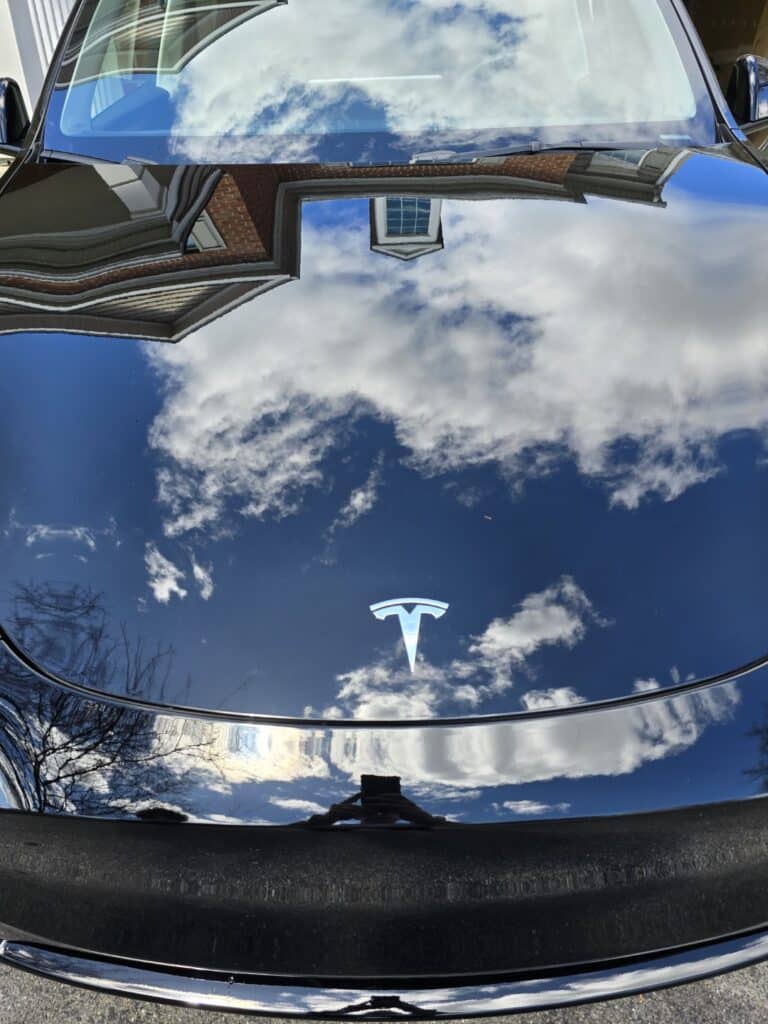
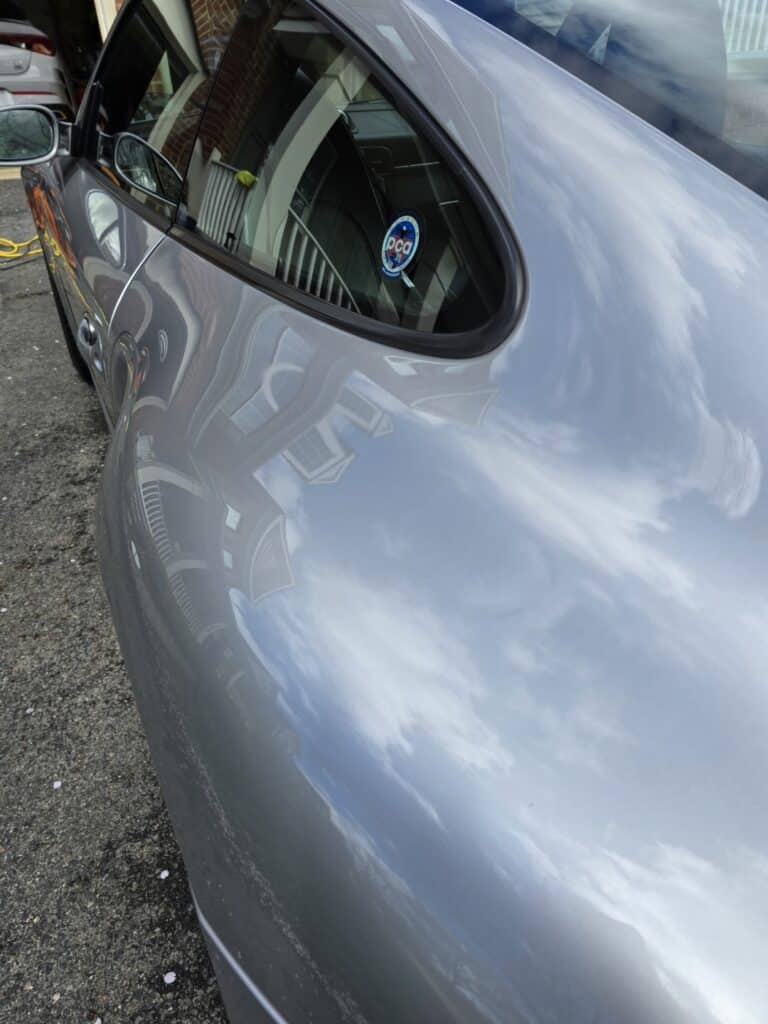
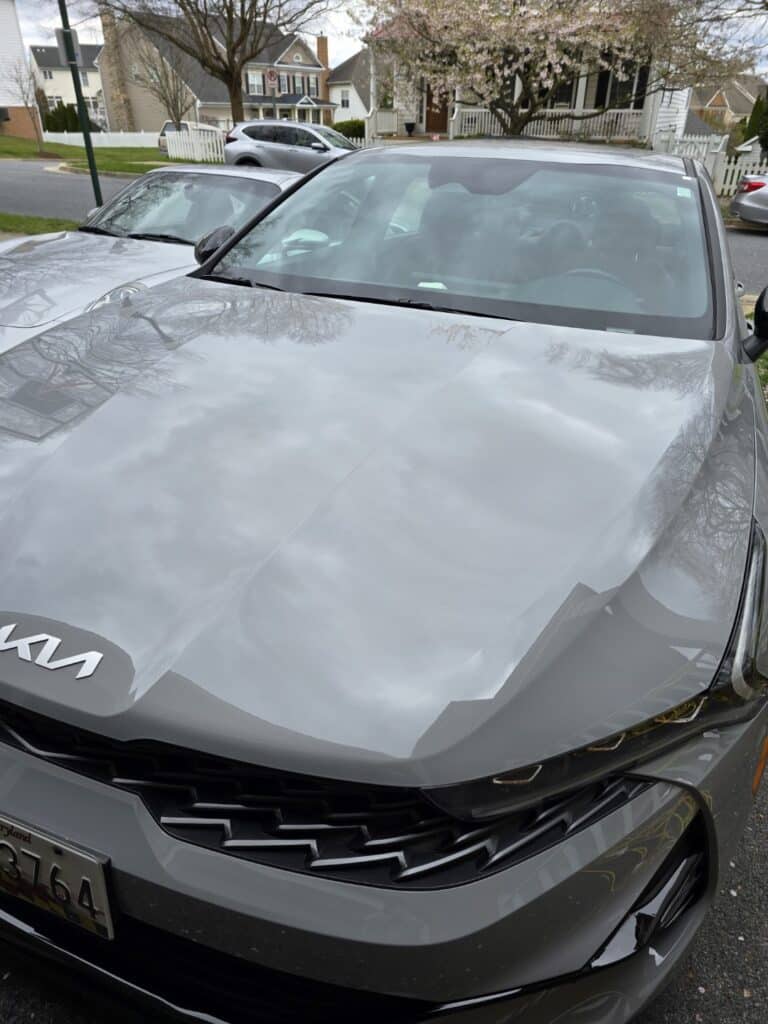
Have you noticed imperfections in your car’s paint that diminish its appearance? Whether it’s swirl marks, scratches, or faded paint, these blemishes can detract from the overall beauty of your vehicle. Fortunately, paint correction is a solution that can restore your car’s paint to its former glory, giving it a showroom-worthy finish.
Introduction to Paint Correction

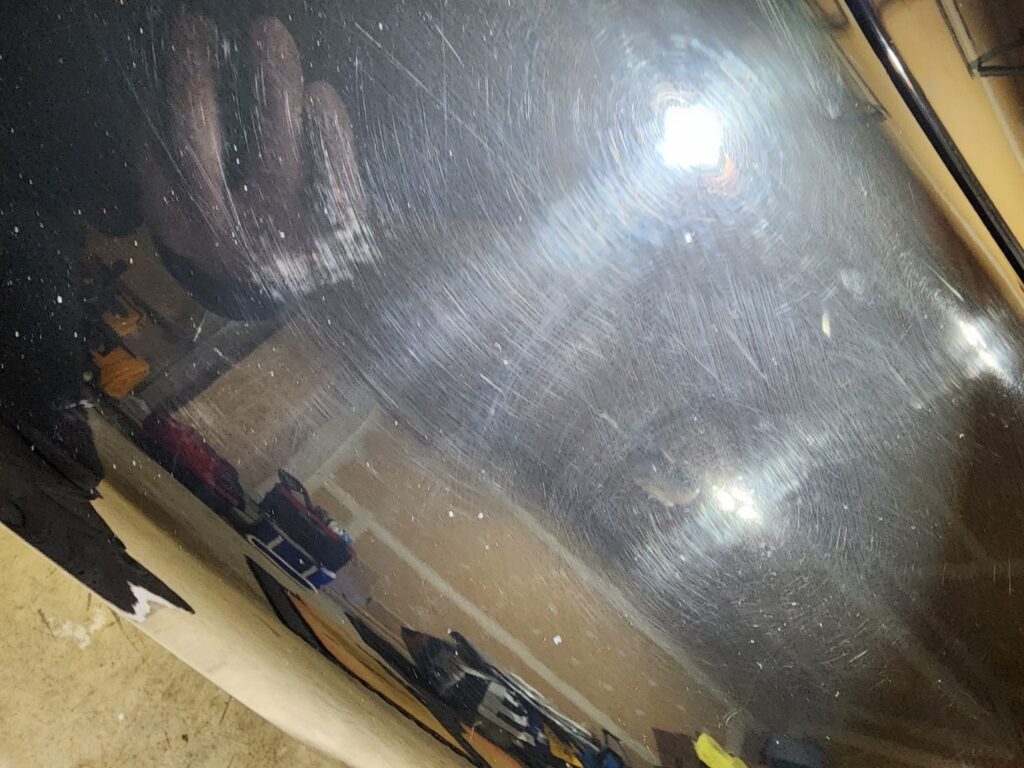
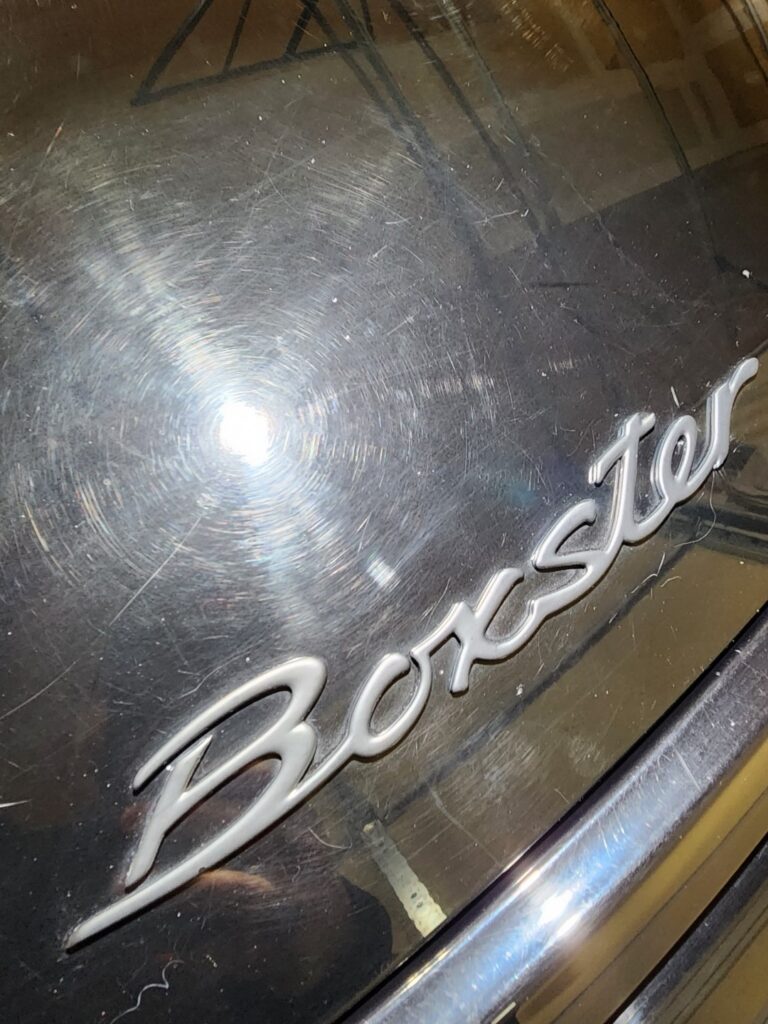
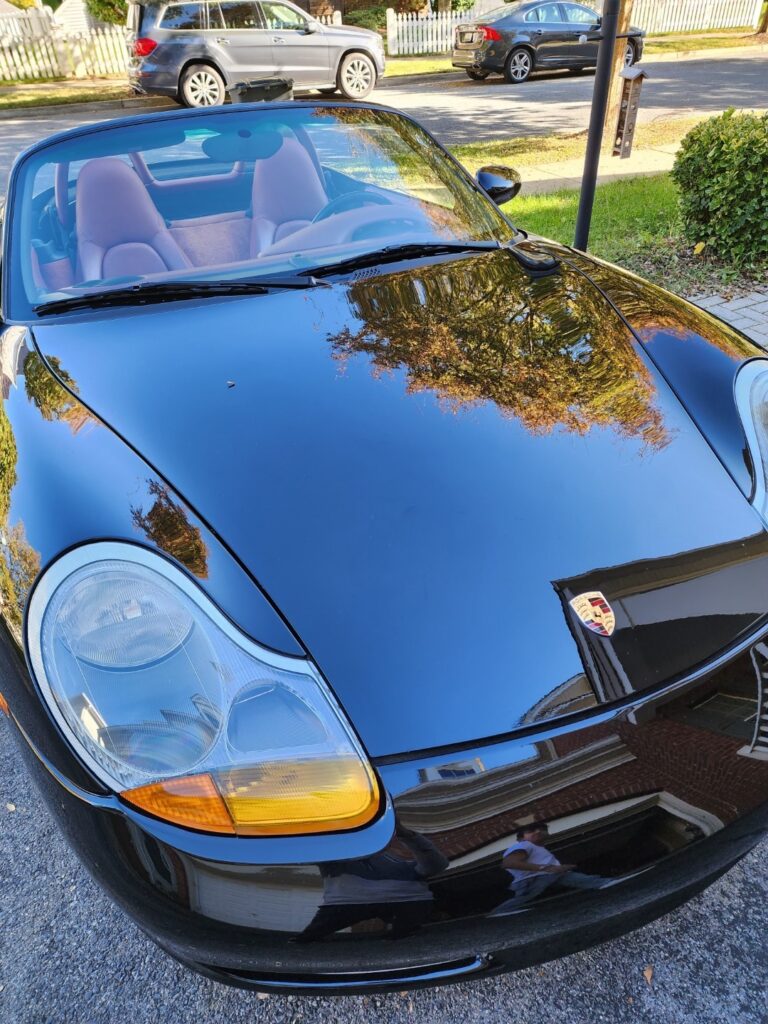
What is paint correction?
Paint correction is a process that involves meticulously removing imperfections from the surface of a vehicle’s paint. This can include swirl marks, scratches, water spots, and other defects that have accumulated over time.
Importance of paint correction for car owners
For car enthusiasts and everyday drivers alike, maintaining the appearance of their vehicle is essential. Paint correction not only enhances the aesthetic appeal of the car but also helps protect the paint from further damage.
Signs Your Car Needs Paint Correction
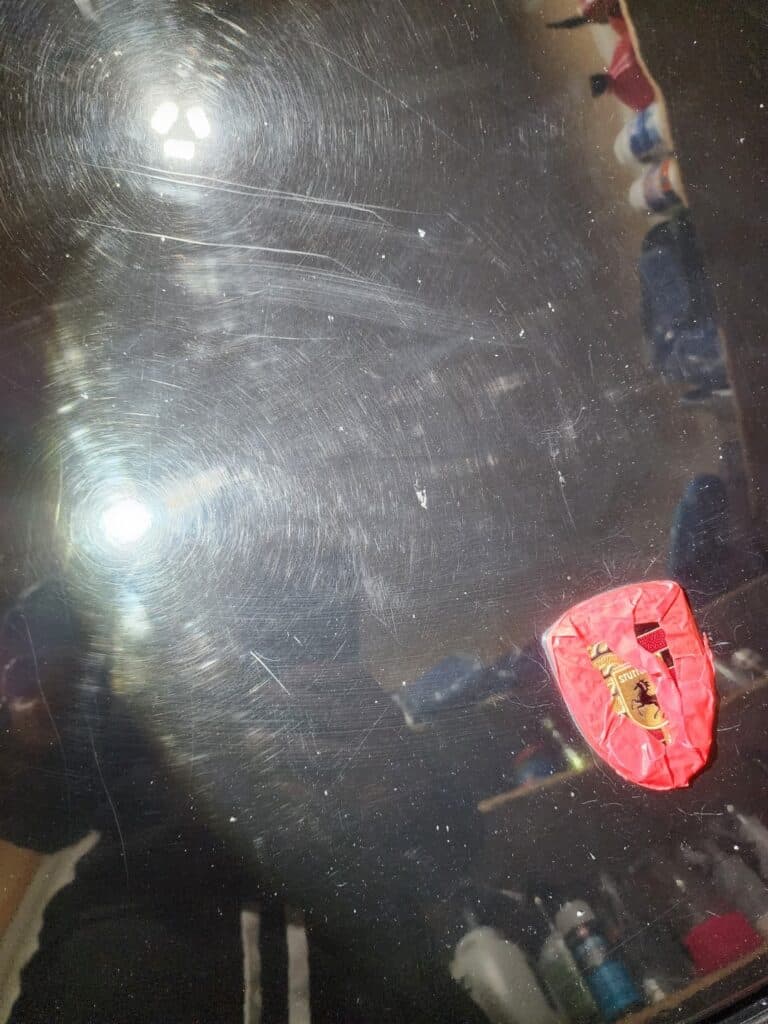

Faded paint
Over time, exposure to the elements can cause the paint on your car to fade, giving it a dull and lackluster appearance. Paint correction can restore the vibrancy and shine of the paint, making your car look like new again.
Swirl marks
Swirl marks, often caused by improper washing techniques or abrasive materials, can detract from the smoothness of your car’s paint. Professional paint correction can effectively remove these swirl marks, leaving behind a flawless finish.
Scratches and chips
Minor scratches and paint chips are common occurrences that can detract from the overall appearance of your car. With paint correction, these imperfections can be carefully repaired, restoring the paint to its original condition.
Understanding the Paint Correction Process
Inspection
Before beginning the paint correction process, a thorough inspection of the vehicle’s paint is conducted to assess the extent of the damage and determine the best course of action.
Washing and decontamination
The car is thoroughly washed and decontaminated to remove any dirt, grime, or other contaminants that may be present on the surface of the paint.
Paint correction techniques
Various techniques, such as machine polishing and wet sanding, are used to carefully remove imperfections from the paint and restore its smoothness and shine.
Benefits of Professional Paint Correction
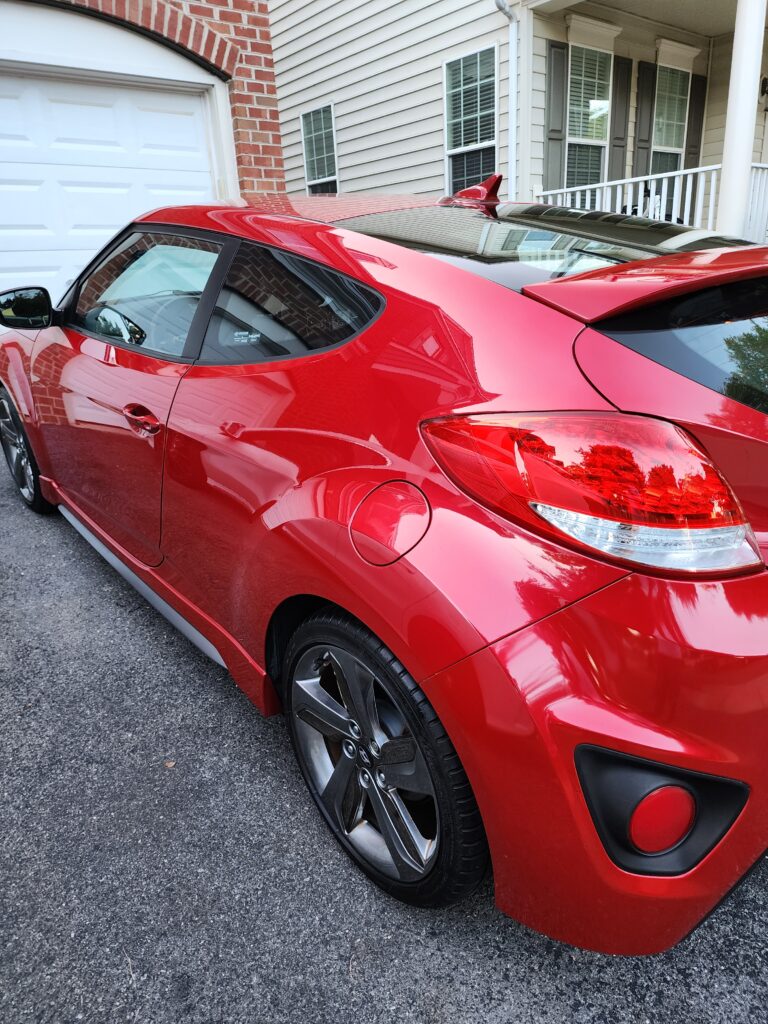
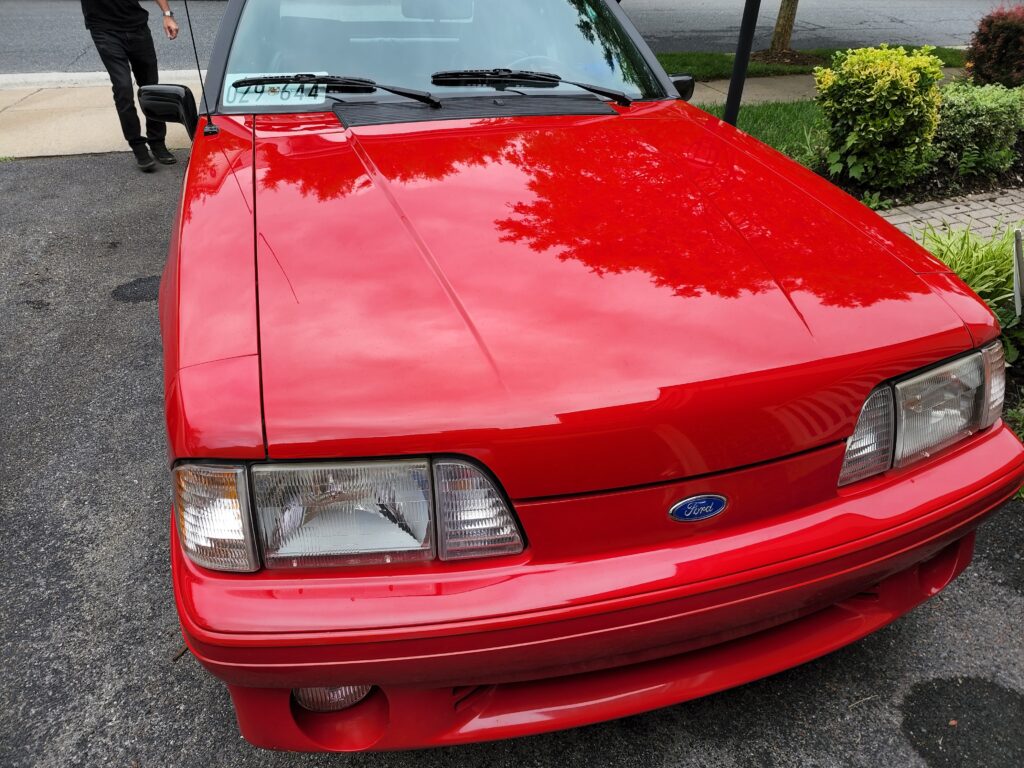
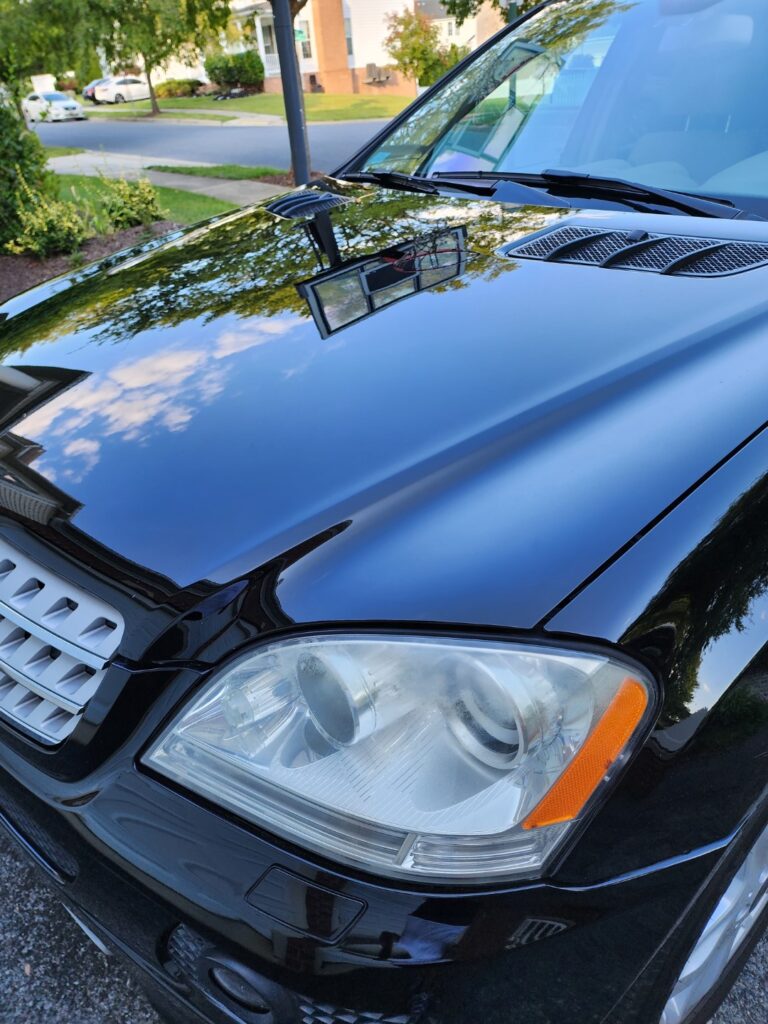
Restores gloss and shine
Professional paint correction can revive the gloss and shine of your car’s paint, giving it a mirror-like finish that is sure to turn heads.
Protects the paint
In addition to enhancing the appearance of the paint, paint correction also helps protect it from environmental damage, such as UV rays, oxidation, and corrosion.
Increases resale value
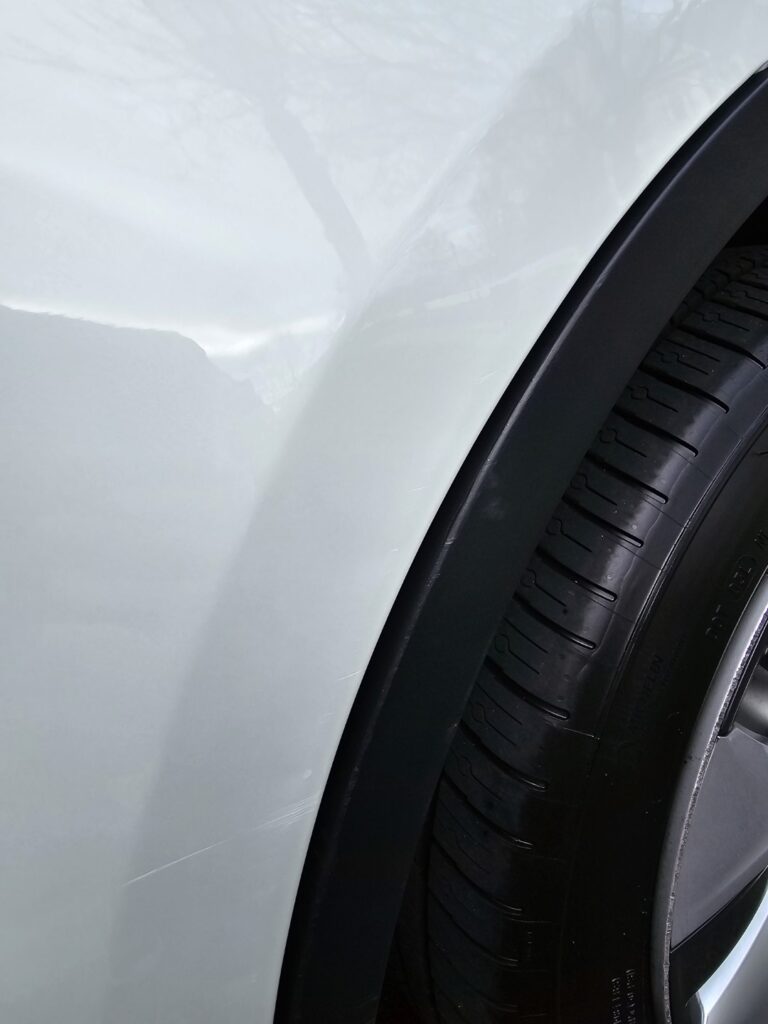
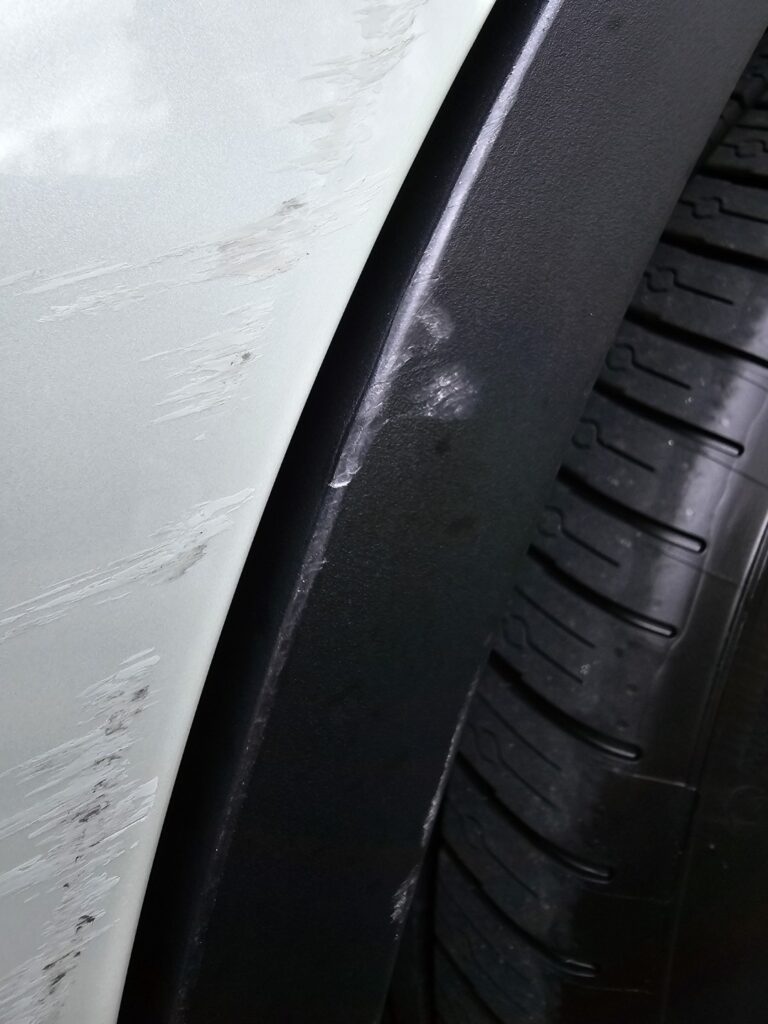
A car with well-maintained paint is more attractive to potential buyers and can command a higher resale value. Investing in professional paint correction can pay off in the long run by preserving the value of your vehicle.
Finding the Best Paint Correction Service Near You
Research online reviews and ratings
Before choosing a paint correction service, take the time to read reviews and ratings from other customers to ensure you’re selecting a reputable and reliable provider.
Ask for recommendations
Seek recommendations from friends, family, or fellow car enthusiasts who have experience with paint correction services. Personal referrals can be invaluable when choosing a service provider.
Consider expertise and experience
When selecting a paint correction service, look for a provider with extensive expertise and experience in the industry. A skilled technician will have the knowledge and tools necessary to deliver exceptional results.
Cost of Paint Correction Services
Factors influencing the cost
The cost of paint correction services can vary depending on factors such as the size and condition of the vehicle, the extent of the damage, and the specific techniques used.
Average pricing
On average, professional paint correction services range from $300 to $800, depending on the complexity of the job and the quality of the service provider.
DIY vs. Professional Paint Correction
Pros and cons of DIY methods
While DIY paint correction kits are available, they often require specialized equipment and expertise to achieve satisfactory results. Attempting to perform paint correction yourself can also risk causing further damage to your car’s paint.
Advantages of hiring a professional
By hiring a professional paint correction service, you can rest assured that the job will be done correctly and efficiently, with high-quality results that meet your expectations.
Common Misconceptions About Paint Correction
Myth: It damages the paint.
Contrary to popular belief, paint correction is a safe and effective process that does not damage the paint when performed by a skilled professional using the proper techniques.
Myth: It’s only for luxury cars.
While paint correction is often associated with luxury vehicles, it can benefit cars of all makes and models by restoring the appearance of the paint and protecting it from damage.
Myth: It’s too expensive.
While professional paint correction services may require an initial investment, the long-term benefits, such as increased resale value and protection against damage, make it a worthwhile investment for car owners.
FAQs About Paint Correction
What is the difference between paint correction and waxing?
While waxing provides a temporary layer of protection and shine, paint correction involves physically removing imperfections from the paint to restore its smoothness and clarity.
How long does paint correction last?
The durability of paint correction depends on factors such as driving habits, environmental conditions, and maintenance routines. However, with proper care, the results of paint correction can last for several years.
Can paint correction fix deep scratches?
While paint correction can improve the appearance of minor scratches, deep scratches may require more extensive repair techniques, such as touch-up paint or panel replacement.
Is paint correction suitable for all types of paint?
Paint correction can be performed on most types of automotive paint, including clear coat finishes. However, it’s essential to consult with a professional to
